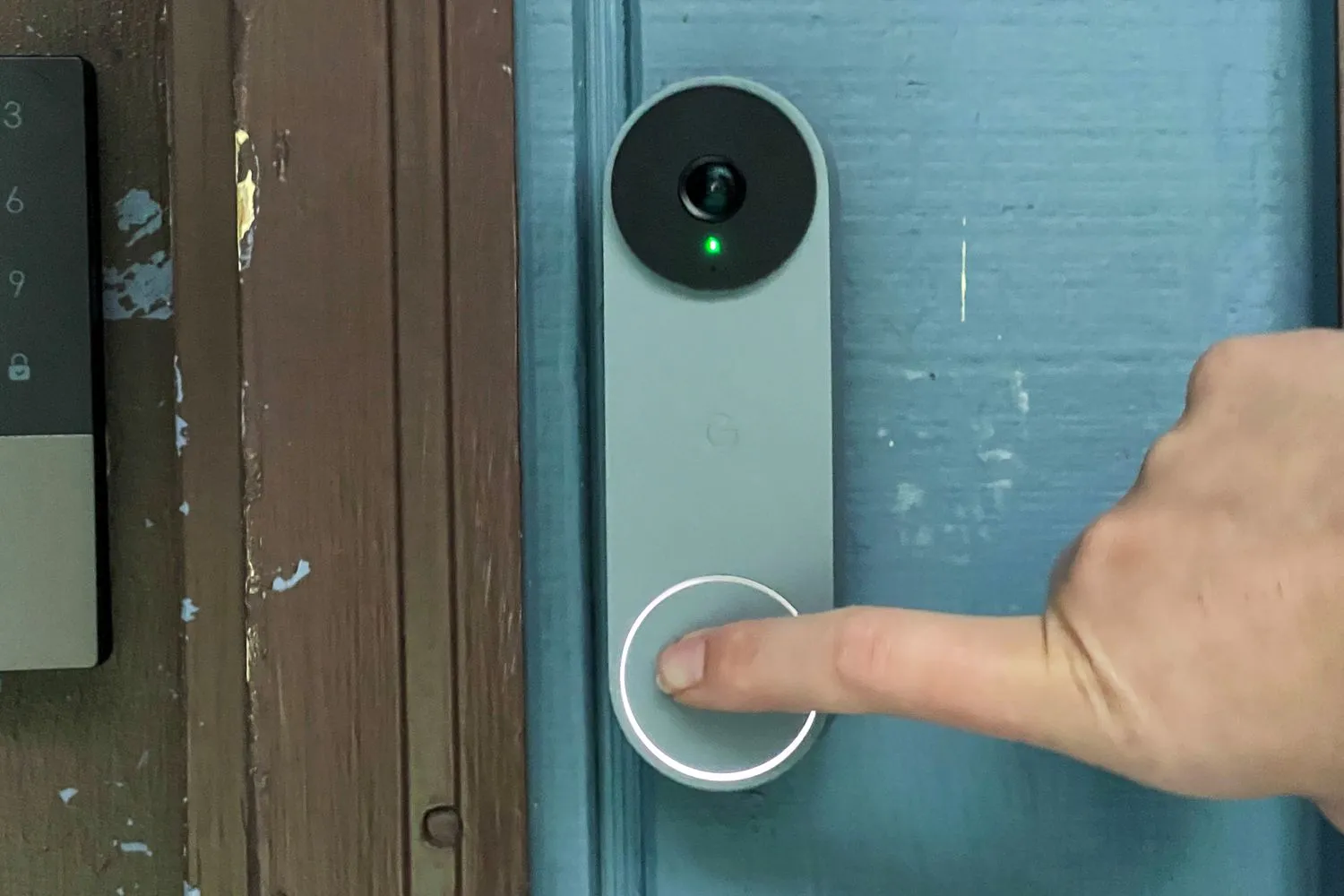
Understanding Smart Light Bulbs
Smart light bulbs represent a significant advancement in lighting technology, merging practicality with modern convenience. Unlike traditional incandescent or fluorescent bulbs, smart bulbs utilize advanced connectivity options, such as Wi-Fi and Bluetooth, to provide a range of functionalities that enhance user comfort and energy efficiency. These bulbs can be controlled remotely via smartphone applications or through voice commands using virtual assistants, allowing for easy adjustment of lighting settings from anywhere in the home.
The technology behind smart light bulbs typically involves LED components, which are inherently more energy-efficient than their traditional counterparts. This means that they consume less power while offering a longer lifespan. Many smart bulbs offer features such as adjustable brightness and the ability to change colors, providing users with the opportunity to customize their lighting environment to suit various moods and activities. For instance, one can set softer hues during relaxation periods and brighter tones for reading or work-related tasks.
Another significant advantage of smart light bulbs is their compatibility with various smart home systems and devices, including hubs and controllers that facilitate automation. Users can create schedules for turning lights on or off, as well as synchronize them with other smart devices, such as smart thermostats or security systems. This automation not only enhances convenience but can also lead to additional energy savings by ensuring that lights are not left on when they are not needed.
In summary, smart light bulbs provide a versatile, efficient, and user-friendly lighting solution that stands out in the market. Their ability to integrate seamlessly with existing smart home systems and customizable features make them an attractive option for homeowners looking to enhance both their living spaces and energy efficiency. Through these advancements, the future of home lighting is illuminated, paving the way for a more sustainable lifestyle.
Top Affordable Smart Light Bulbs
With the rise in popularity of smart home technology, many consumers are seeking budget-friendly options that deliver the advantages associated with smart light bulbs without excessive costs. Several affordable smart light bulbs stand out for their quality, energy efficiency, and user satisfaction.
One of the leading contenders in this category is the Wyze Bulbs. Priced competitively, these smart bulbs offer a range of features, including customizable brightness and color settings. Users appreciate their integration with various smart home ecosystems, including Amazon Alexa and Google Assistant, allowing effortless voice control. Feedback from customers highlights the bulbs’ energy efficiency, translating to significant savings on electricity bills.
Another noteworthy option is the Meross Smart Wi-Fi LED Bulbs. These bulbs are budget-friendly and provide a reliable connection via Wi-Fi, eliminating the need for additional hubs. Meross bulbs boast a lifespan that outstrips traditional bulbs, making them an excellent investment for cost-conscious home improvement enthusiasts. User ratings often reflect high satisfaction levels, particularly regarding ease of installation and seamless connectivity.
The Philips Hue White and Color Ambiance Bulbs, while slightly on the higher end of the affordability spectrum, still provide a compelling offering. They are well-known for their superior energy efficiency and robust functionality, including extensive smart home compatibility. Customers frequently highlight the quality of light produced and the extensive range of colors as standout features.
Finally, the TP-Link Kasa Smart Bulb is recognized for balancing cost and functionality effectively. The Kasa Smart bulb’s user-friendly application enables easy scheduling and remote control, ensuring your home is always well-lit according to your preferences. User reviews often emphasize its energy-saving capabilities as a significant benefit.
These affordable options exemplify how consumers can enhance their home lighting with smart technology while remaining budget-conscious. As energy efficiency becomes increasingly prioritized, selecting the right smart bulbs can lead to long-term savings without sacrificing quality.
Energy Efficiency and Cost Savings
Smart light bulbs represent a significant shift in lighting technology, offering noteworthy advantages in terms of energy efficiency compared to traditional incandescent or fluorescent bulbs. Conventional light bulbs consume a substantial amount of energy, typically ranging from 40 to 100 watts, depending on their brightness. In contrast, smart bulbs, often utilizing LED technology, use only 8 to 20 watts to provide equivalent lumens. This stark difference in energy consumption is one of the primary reasons why switching to smart light bulbs can result in considerable cost savings over time.
Furthermore, smart light bulbs can be programmed and controlled through mobile applications, allowing users to set schedules for when their lights turn on and off. By automating the lighting based on their lifestyle needs, users can reduce energy waste significantly. For instance, a household that typically leaves lights on throughout the day can set timers to ensure that lights automatically turn off during daylight hours, thus conserving energy and lowering electricity bills. This feature not only promotes energy efficiency but also supports a more sustainable lifestyle.
In addition to scheduling, the dimming capabilities of smart light bulbs further enhance energy savings. Dimming a bulb can decrease energy usage by approximately 20% to 80%, depending on the brightness level selected. This controllability allows users to adjust their lighting to suit specific needs, whether for a cozy evening or a brightly lit workspace. By incorporating smart lighting into their homes, consumers can see a tangible reduction in their monthly utility expenses while enjoying the flexibility and convenience these innovations provide.
The long-term financial benefits of investing in smart light bulbs can be substantial. With the potential for energy savings and decreased electricity costs, households can enjoy the advantages of modern lighting technology without exorbitant expenses. Transitioning to smart bulbs is not just an upgrade for convenience but a strategic choice for improving energy efficiency and achieving significant cost savings.
Setting Up Your Smart Lighting System
Setting up a smart lighting system in your home is a straightforward process that can enhance your living environment while promoting energy efficiency. The first step involves evaluating your current lighting setup and determining which fixtures will benefit from smart light bulbs. Once you have selected the appropriate bulbs, you will need to ensure that you have the necessary tools and apps for the installation process. Most smart light bulbs require a compatible app, typically provided by the manufacturer. Downloading the app onto your smartphone or tablet is essential for seamless integration.
Next, verify that your home Wi-Fi network is stable and compatible with your chosen smart lighting system. Most smart bulbs operate on a 2.4 GHz frequency, so placing your router in a central location will help ensure a strong connection throughout your home. After confirming compatibility, install the smart bulbs in the chosen fixtures by simply replacing your existing bulbs. Once installed, power on the bulbs, and open the app to begin the pairing process. This typically involves following on-screen instructions to connect each bulb to your Wi-Fi network.
To maximize the functionality of your smart lighting, consider organizing your lights into zones. This allows for targeted control, such as adjusting the brightness in specific rooms or areas for different activities. Additionally, creating schedules within the app can enhance convenience—programming your lights to dim during the evening hours or automatically turn on at sunrise can streamline your daily routine. Implementing automation techniques, such as linking your smart lights with sensors or other smart home devices, further adds to the efficiency of your system. These enhancements will not only improve the ambiance of your home but also ensure that you are utilizing energy efficiently and effectively.

